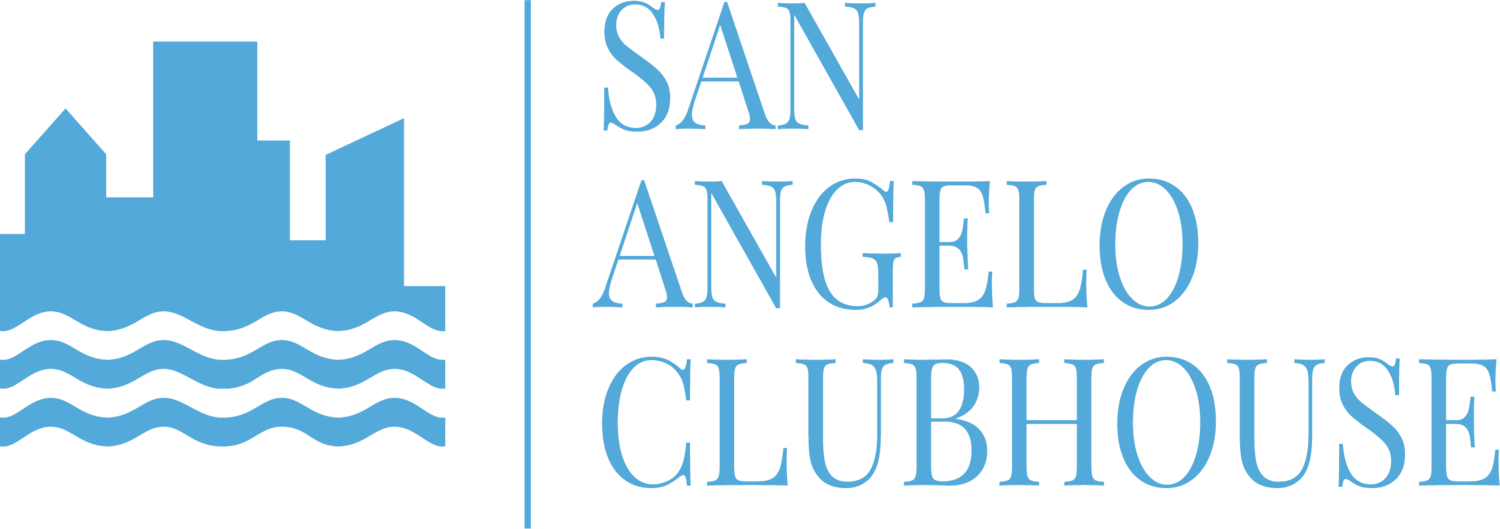Belonging. Purpose. Community.
A Clubhouse is a community for adults living with mental illness — a place where people come to find belonging, build skills, and reclaim purpose through meaningful work and connection.
Clubhouses are part of a worldwide movement, grounded in the belief that no one should face mental illness alone.
Where It All Began
The Clubhouse movement began in 1948 when a small group of people in New York City, all living with mental illness, came together not for treatment—but for community. They called themselves W.A.N.A., short for We Are Not Alone. Out of that gathering grew Fountain House, the first Clubhouse and the beginning of a global model rooted in hope, dignity, and shared purpose.
Clubhouses are not clinics or day programs. They are intentional communities where adults living with mental illness come to reclaim meaningful roles in society. At a Clubhouse, members and staff work side-by-side to run the day-to-day operations—whether that’s preparing meals, greeting new members, creating outreach materials, or maintaining the space. Every person is seen as an individual with strengths, talents, and the capacity to contribute.
Over time, that simple idea grew into a worldwide movement. Clubhouse International, the accrediting body for the model, now supports over 350 Clubhouses in more than 30 countries—all based on a shared set of standards that emphasize community, choice, and belonging.
At its core, a Clubhouse is about recovery through relationships: not just managing symptoms, but building a life filled with connection, self-worth, and the knowledge that you are wanted, needed, and valued.

